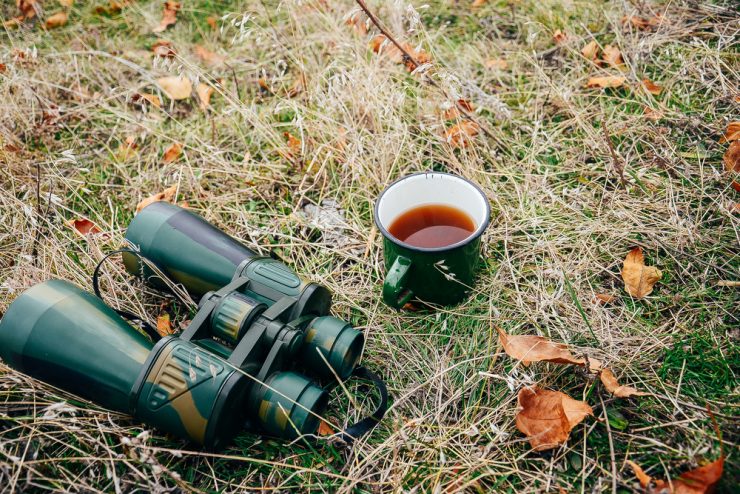The practice of feeding wild birds is called bird feeding. According to British ornithologist James Fisher, the first person to practise the activity was Saint Serf of Fife, a 6th century monk, who domesticated a robin through feeding it. During the 1890-1891 winter, people put out the idea of feeding birds, and in 1910 bird feeding was declared by Punch, a British magazine, as the national pastime. This activity is practised by bird enthusiasts, as well as other people in general, by luring birds to suburban areas and domestic locations. To do so, a feeding station and a supply of bird food must be set. To help in food digestion, grit (sand) and a bird bath may be also provided.
The device used to supply food to birds is known as a birdfeeder. Its placement outside the house, as well as the types of bird foods offered, determines its success in attracting birds. Their food might be seeds, peanuts, commercial food mixes, scraps, fat, or suet. The most commonly known bird foods are millet, safflower, sunflower, thistle, and rapeseed or canola seed. It is important to note that different bird species have different food preferences. For instance, finches prefer the seed of Niger thistle, jays like corn, and hummingbirds favour nectar. Furthermore, different types of bird feeders that suit the preference of different species of birds are available.
Bird feeders are usually made for bird watching at home and numerous people keep digital cameras to capture the sights at feeders where birds usually gather.












